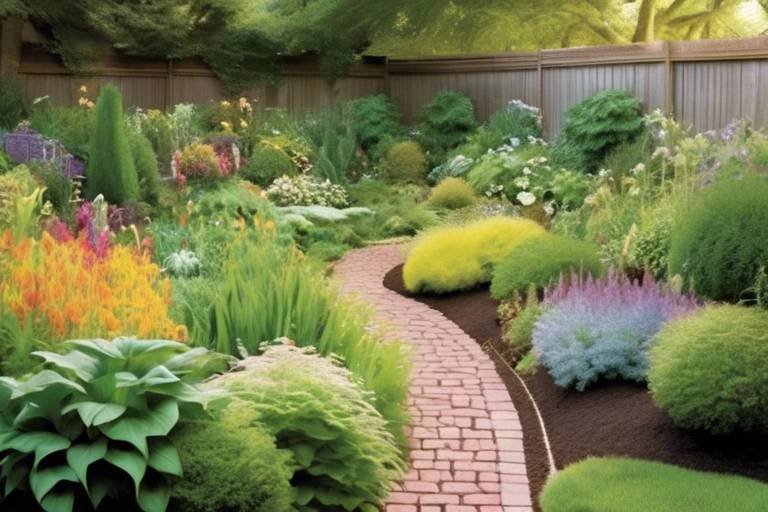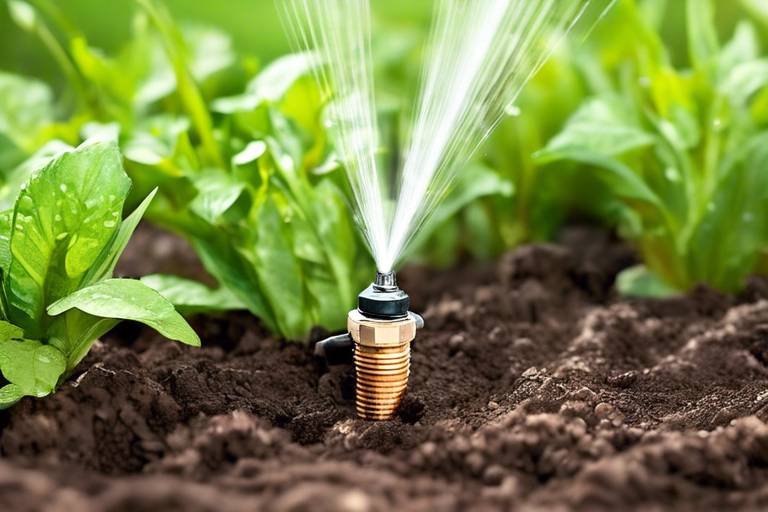How to Create a Garden That Grows Year-Round
Creating a garden that flourishes throughout the year is a rewarding endeavor that requires careful planning and dedication. By choosing the right plants, implementing seasonal rotation, and utilizing greenhouses and cold frames, you can ensure a continuous harvest and vibrant plant life regardless of the season.
When it comes to selecting plants for your year-round garden, consider the climate and soil conditions specific to your area. Opt for a diverse range of plants that are known for their ability to thrive in different seasons, ensuring a constant supply of fresh produce and blooming flowers.
Implementing seasonal rotation is key to maintaining soil health and preventing pests. By rotating crops, you can optimize nutrient levels in the soil, reduce the risk of disease, and improve overall plant growth. This practice also helps in maximizing yield and maintaining a balanced ecosystem in your garden.
Greenhouses and cold frames are valuable assets for extending the growing season and protecting delicate plants from harsh weather conditions. These structures create a controlled environment that shields plants from frost, excessive heat, and strong winds, allowing you to cultivate a wider variety of crops year-round.
To make the most of natural light, strategically position your garden to receive adequate sunlight throughout the day. Consider using reflective surfaces to redirect sunlight to shaded areas and choose a location that offers optimal light exposure for different types of plants, ensuring they receive the energy they need to thrive.
Proper watering and irrigation are essential for maintaining a healthy garden in all seasons. Explore efficient methods such as drip irrigation, rainwater harvesting, and well-designed drainage systems to ensure that your plants receive adequate moisture without the risk of overwatering or waterlogging.
Ensuring soil health is crucial for sustained plant growth and productivity. Incorporate practices like composting, mulching, and regular soil testing to enrich the soil with essential nutrients, improve its structure, and promote beneficial microbial activity, creating an ideal environment for plants to flourish.
Protecting your garden against extreme weather conditions is paramount to safeguarding your plants and preserving their health. Develop strategies to shield your garden from frost, heatwaves, storms, and strong winds, such as using row covers, windbreaks, and shade structures to minimize damage and maintain a thriving garden.
When it's time to harvest your produce, ensure that you pick fruits, vegetables, and herbs at their peak ripeness to enjoy maximum flavor and nutritional value. Additionally, learn preservation methods like canning, freezing, and drying to store excess produce and enjoy the fruits of your labor throughout the year.
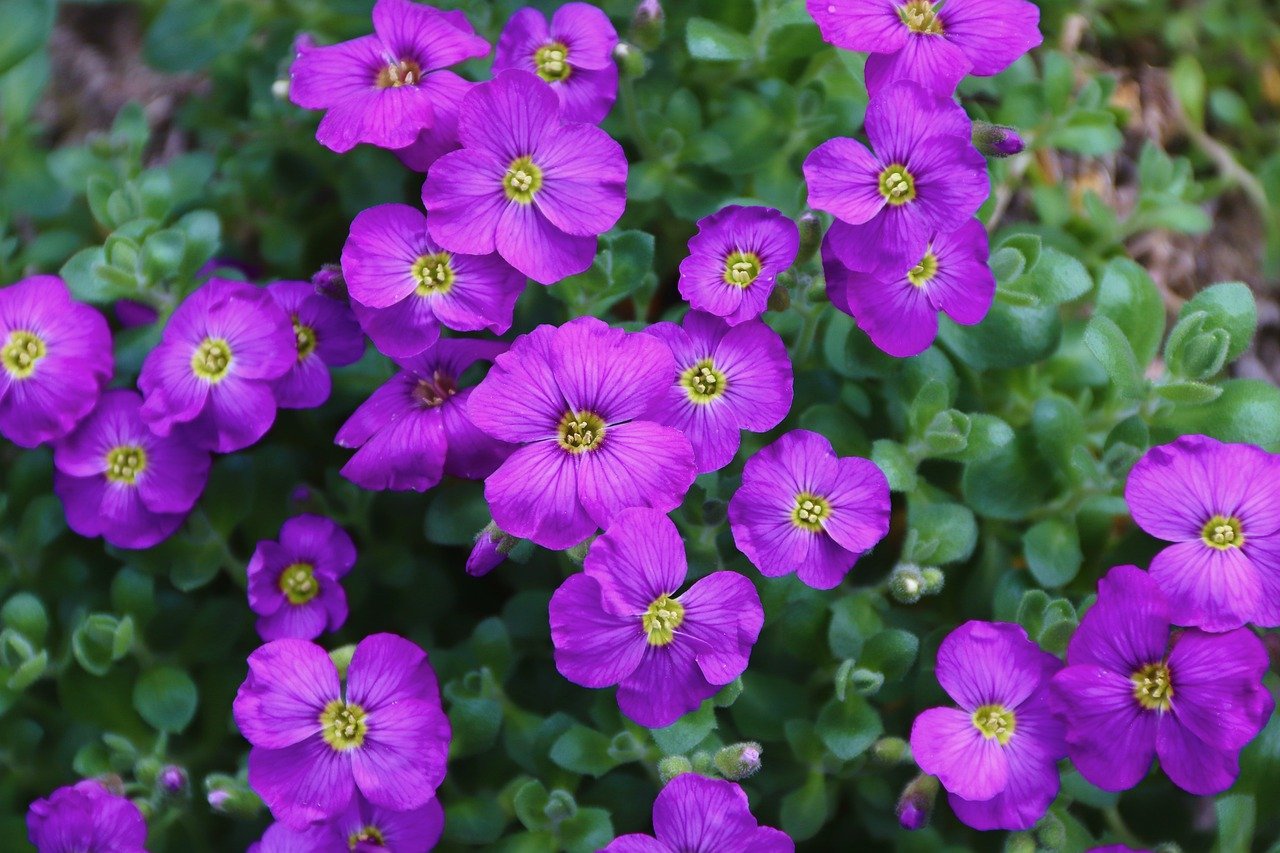
Choosing the Right Plants
When it comes to creating a garden that thrives year-round, one of the most crucial decisions you'll make is choosing the right plants. Selecting a diverse range of plants that are well-suited to your specific climate and soil conditions is essential for ensuring a successful all-season garden. By carefully considering factors such as sunlight exposure, water requirements, and temperature tolerance, you can create a vibrant and resilient garden that flourishes throughout the year.
One approach to selecting the right plants for your garden is to focus on native species that are naturally adapted to the local environment. Native plants are often more resilient to fluctuations in weather and require less maintenance, making them an excellent choice for year-round gardening. Additionally, incorporating a mix of annuals, perennials, and biennials can help ensure a continuous harvest and a visually appealing garden landscape.
Another important consideration when choosing plants for year-round growth is their ability to withstand seasonal changes. By selecting plants with staggered blooming periods and varying harvest times, you can ensure a steady supply of fresh produce and colorful blooms throughout the year. Additionally, choosing plants with different growth habits, such as climbers, ground cover, and shrubs, can help maximize space and create a diverse and dynamic garden ecosystem.
It's also essential to consider the specific needs of each plant species when planning your garden layout. Grouping plants with similar water and sunlight requirements together can help streamline maintenance tasks and ensure that each plant receives the care it needs to thrive. By creating microclimates within your garden and providing adequate shelter from harsh weather conditions, you can further enhance the resilience and longevity of your plants.
Ultimately, the key to choosing the right plants for a year-round garden is thoughtful planning and a deep understanding of your garden's unique environment. By selecting a diverse range of plants that are well-suited to your climate, soil, and growing conditions, you can create a garden that not only survives but thrives in all seasons.
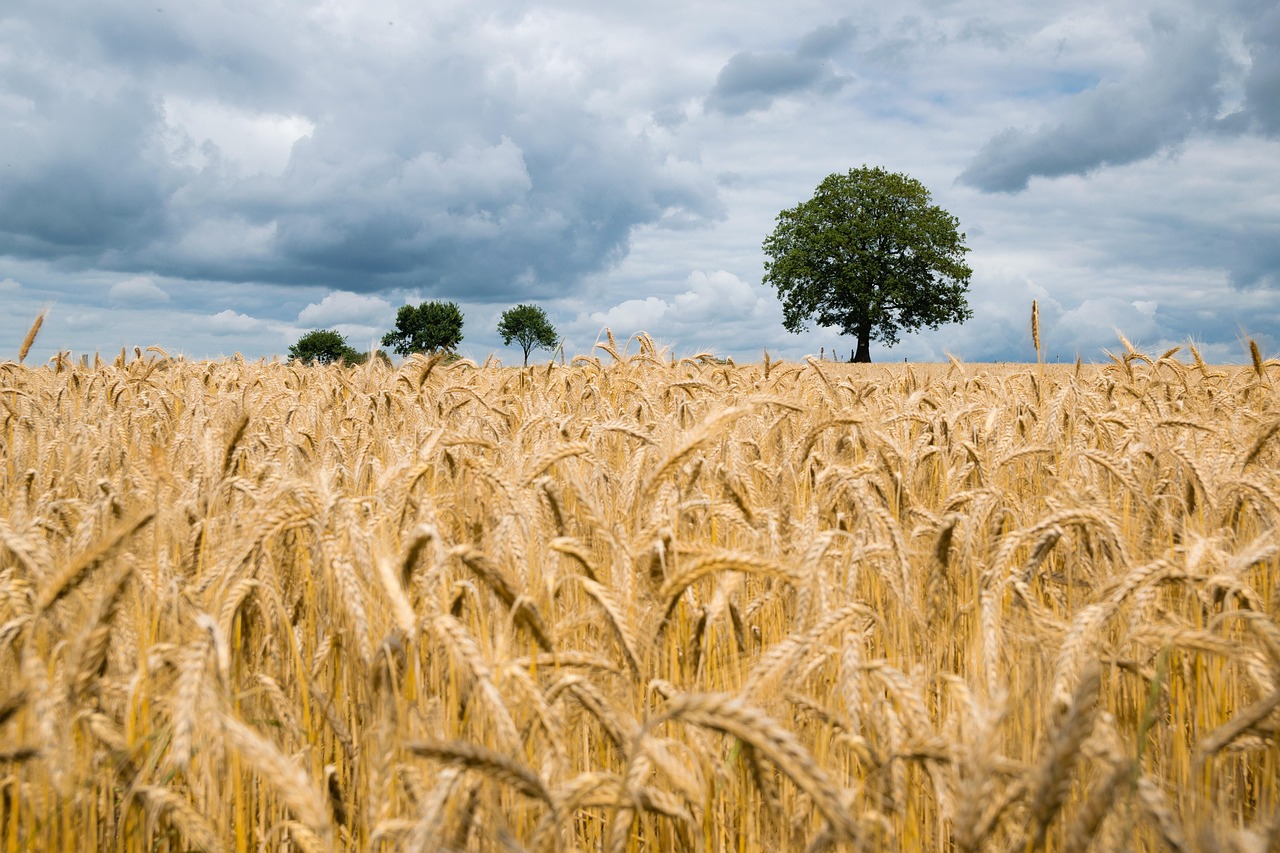
Implementing Seasonal Rotation
Implementing seasonal rotation in your garden is a key strategy to ensure the long-term health and productivity of your plants. By rotating crops throughout the year, you can prevent nutrient depletion in the soil, reduce the risk of pest infestations, and promote overall soil fertility. This practice involves dividing your garden into different sections and planting crops according to their specific needs and growth patterns.
One effective way to implement seasonal rotation is by grouping plants based on their families or categories. For example, you can plant members of the nightshade family, such as tomatoes and peppers, in one section during the summer and then switch to legumes like beans and peas in the following season. This helps break the life cycles of pests and diseases that may target specific plant families.
Another approach to seasonal rotation is to consider the nutritional needs of different crops. For instance, plants that are heavy feeders, like corn or squash, can be followed by nitrogen-fixing crops such as peas or beans to replenish the soil with essential nutrients. This not only benefits the current crop but also prepares the soil for the next planting season.
Furthermore, incorporating cover crops into your rotation plan can help improve soil structure, suppress weeds, and add organic matter to the soil. Cover crops like clover or rye can be planted during fallow periods to protect the soil from erosion and maintain its health during the off-season.
By implementing a well-thought-out seasonal rotation plan, you can maximize the productivity of your garden, minimize the need for chemical inputs, and create a more sustainable and resilient growing environment for your plants.
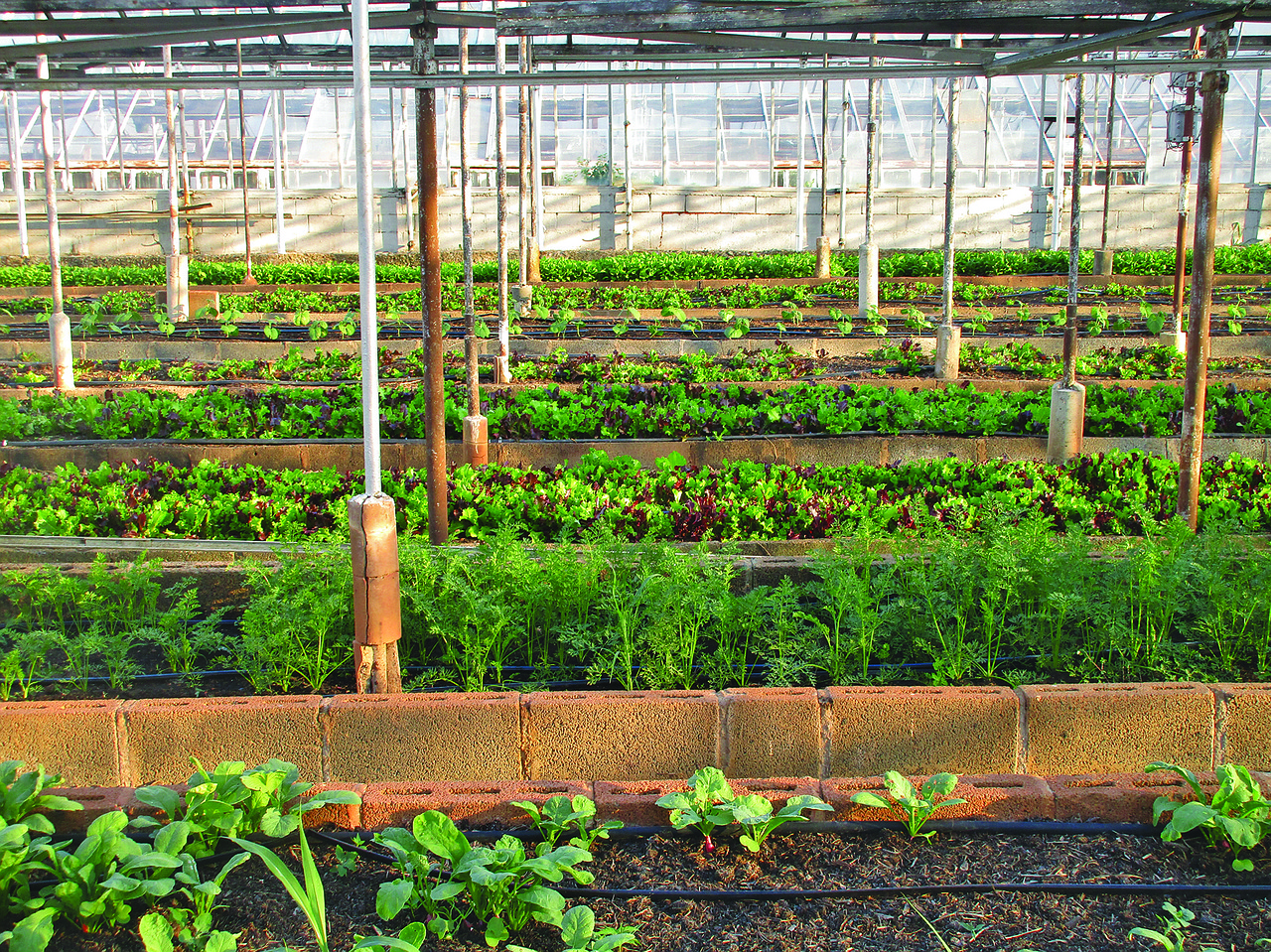
Utilizing Greenhouses and Cold Frames
When it comes to creating a garden that thrives year-round, utilizing greenhouses and cold frames can be a game-changer. These structures offer a controlled environment that extends the growing season, protects plants from harsh weather conditions, and creates a microclimate conducive to year-round gardening.
Greenhouses, typically made of glass or plastic, trap heat from the sun to create a warm and sheltered space for plants. They are ideal for starting seeds early, growing heat-loving crops, and providing protection during colder months. Cold frames, on the other hand, are simpler structures with a transparent cover that can be opened or closed to regulate temperature and humidity. They are perfect for hardening off seedlings, extending the growing season in the fall, and overwintering delicate plants.
By using greenhouses and cold frames strategically in your garden, you can experiment with a wider variety of plants, grow crops that wouldn't normally survive in your climate, and enjoy fresh produce throughout the year. These structures also help reduce the risk of pest infestations, protect plants from frost and snow, and offer a sanctuary for tender perennials.
When setting up your greenhouse or cold frame, consider factors such as orientation to the sun, ventilation, insulation, and access to water. Proper placement and maintenance are crucial for maximizing the benefits of these structures and ensuring the health and productivity of your plants. With the right care and attention, greenhouses and cold frames can be valuable assets in your quest for a flourishing year-round garden.

Maximizing Natural Light
When it comes to creating a garden that thrives year-round, maximizing natural light is crucial for the health and growth of your plants. Sunlight is the primary source of energy for plants, driving the process of photosynthesis that allows them to produce food and grow. By strategically positioning your garden to receive ample sunlight, you can ensure that your plants have the energy they need to flourish.
One effective strategy for maximizing natural light in your garden is to consider the orientation of your planting beds. Placing your garden in a location that receives the most sunlight throughout the day can significantly impact the growth and productivity of your plants. Additionally, utilizing reflective surfaces such as white walls or mirrors can help redirect sunlight to areas of your garden that may be shaded.
Another way to enhance natural light exposure is by choosing the right plants for your garden. Selecting plant varieties that thrive in full sun and arranging them strategically can help ensure that each plant receives the optimal amount of sunlight for healthy growth. Additionally, pruning overhanging branches or removing obstacles that may block sunlight can further maximize light penetration in your garden.
For areas with limited sunlight, consider incorporating raised beds or vertical gardening structures to elevate plants closer to the sun. This can help compensate for shade from surrounding structures or trees, allowing your plants to receive more direct sunlight. Furthermore, rotating your crops to different areas of your garden throughout the year can help ensure that all plants have access to sufficient sunlight at different times.
Lastly, investing in a quality garden light meter can help you accurately measure the amount of sunlight your garden receives. By monitoring light levels throughout the day and seasons, you can make informed decisions about plant placement and adjust your gardening practices to optimize natural light exposure for maximum plant growth.
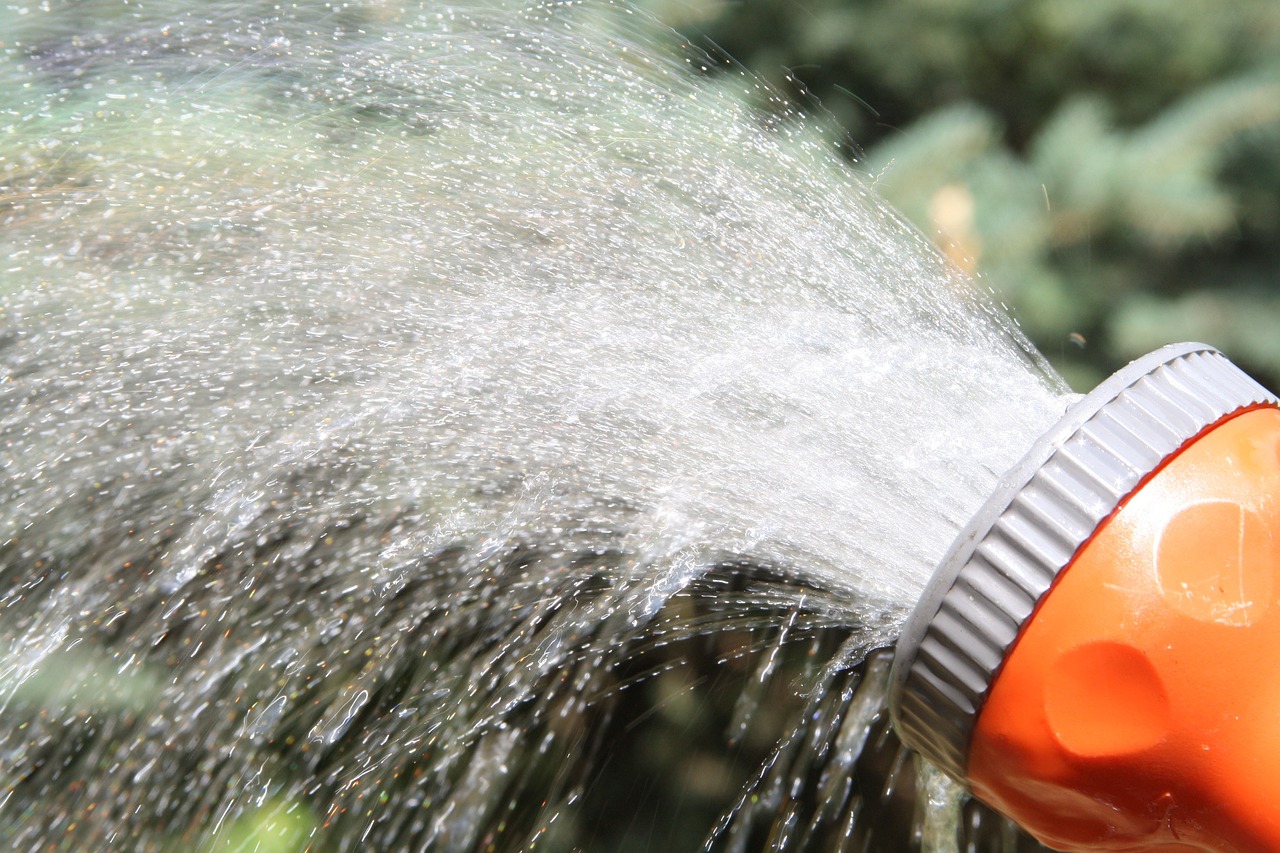
Watering and Irrigation Techniques
Tips and techniques for maintaining a garden that thrives in all seasons, ensuring a continuous harvest and vibrant plant life throughout the year.
When it comes to keeping your garden flourishing year-round, mastering watering and irrigation techniques is crucial. Proper hydration is the lifeblood of your plants, and understanding how to provide it effectively can make all the difference in your garden's success.
One effective method for ensuring your plants receive adequate water is through drip irrigation. This system delivers water directly to the roots, minimizing evaporation and ensuring each plant gets the right amount of moisture. Additionally, rainwater harvesting can be a sustainable way to water your garden, reducing your reliance on traditional water sources.
Proper drainage is also essential to prevent waterlogging, which can lead to root rot and other issues. By incorporating drainage systems such as gravel-filled trenches or raised beds with good drainage, you can ensure excess water is effectively removed from the root zone.
Considering the specific water needs of different plants in your garden is crucial. Some plants may require more frequent watering, while others are more drought-tolerant. By grouping plants with similar water requirements together, you can create efficient watering zones that cater to their needs.
Another technique to consider is mulching. Mulch helps retain moisture in the soil, reducing the frequency of watering needed and providing insulation to protect roots from extreme temperatures. Organic mulches like straw, wood chips, or compost can also improve soil health over time.
Remember that overwatering can be just as harmful as underwatering. Monitoring the moisture levels in your soil and adjusting your watering schedule accordingly can help prevent issues like root rot and nutrient leaching. By staying attentive to your garden's hydration needs, you can promote healthy plant growth and a thriving garden year-round.
1. How often should I water my plants in different seasons?
2. What are the signs of overwatering or underwatering my plants?
3. Can I use a sprinkler system for watering my garden, or are there more efficient methods?
4. Are there specific watering techniques for container plants compared to plants in the ground?
5. How can I conserve water while still ensuring my garden remains adequately hydrated?
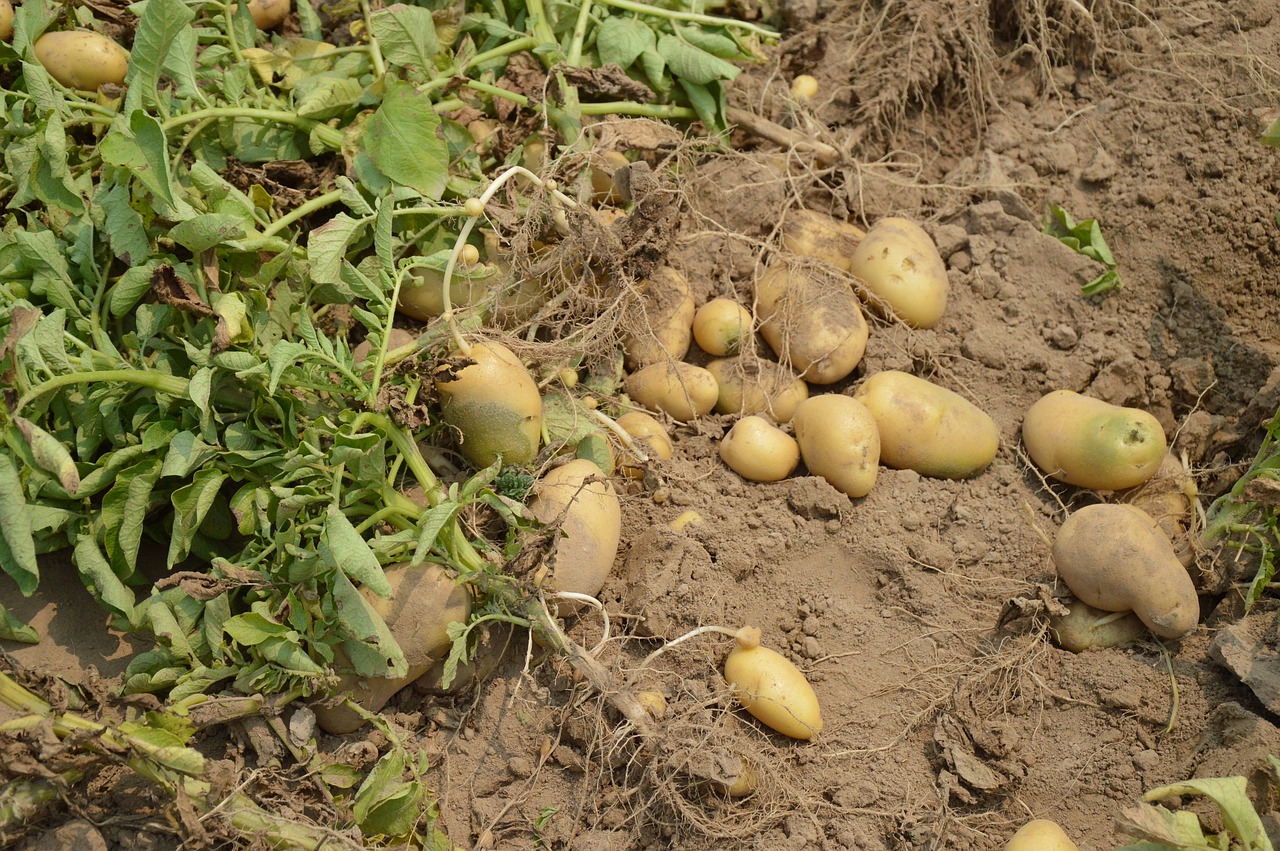
Maintaining Soil Health
When it comes to maintaining soil health in your garden for year-round plant growth, there are several key strategies to consider. One essential aspect is nurturing the soil to ensure it remains fertile and provides the necessary nutrients for your plants to thrive. Composting is a fantastic way to enrich the soil naturally, as it adds organic matter and beneficial microorganisms that promote healthy plant growth. Regularly incorporating compost into the soil can improve its structure, water retention, and overall health.
In addition to composting, mulching is another effective technique for maintaining soil health. Mulch helps retain moisture, suppresses weed growth, regulates soil temperature, and prevents erosion. By applying a layer of organic mulch around your plants, you can protect the soil, reduce the need for frequent watering, and create a conducive environment for beneficial soil organisms.
Furthermore, conducting regular soil testing is crucial for assessing the nutrient levels and pH balance of your soil. By understanding the specific needs of your soil, you can make informed decisions about fertilization and amendments to ensure optimal plant growth. Testing the soil also helps identify any deficiencies or imbalances that may be hindering plant development, allowing you to take corrective measures promptly.
Creating a healthy soil ecosystem in your garden involves fostering a balance of beneficial bacteria, fungi, earthworms, and other organisms that contribute to soil fertility. These organisms play a vital role in decomposing organic matter, releasing nutrients, and improving soil structure. By promoting a diverse and thriving soil ecosystem, you can enhance the overall health and productivity of your garden.

Protecting Against Extreme Weather
When it comes to maintaining a thriving garden that grows year-round, one of the key challenges is protecting your plants against extreme weather conditions. From sudden frosts to scorching heatwaves, your garden needs to be prepared to withstand whatever Mother Nature throws its way. So, how can you safeguard your garden from these unpredictable elements?
One effective strategy is to invest in protective coverings such as row covers, cloches, or even simple plastic sheets to shield your plants from frost and cold temperatures. These coverings act as a barrier against the chill, helping to retain heat and protect delicate plant tissues from freezing.
Additionally, creating windbreaks around your garden can help shield plants from strong winds that can cause damage and dehydration. Planting tall shrubs or constructing fences can provide a barrier that redirects or blocks the wind, creating a more sheltered environment for your plants to thrive.
Another important aspect of protecting your garden against extreme weather is proper watering and drainage. During heatwaves, plants can quickly become dehydrated, so it's crucial to ensure they receive an adequate amount of water. Implementing a drip irrigation system can help deliver water directly to the roots, reducing evaporation and water waste.
Furthermore, mulching your garden beds can help regulate soil temperature and moisture levels, providing insulation against both heat and cold. Mulch acts as a protective layer that keeps the soil cool in hot weather and prevents it from freezing during cold snaps, helping to maintain a stable environment for plant roots.
Lastly, staying informed about upcoming weather forecasts and being prepared to take action when extreme conditions are predicted is essential for protecting your garden. By monitoring weather patterns and having a plan in place, you can proactively safeguard your plants and minimize the impact of adverse weather events.
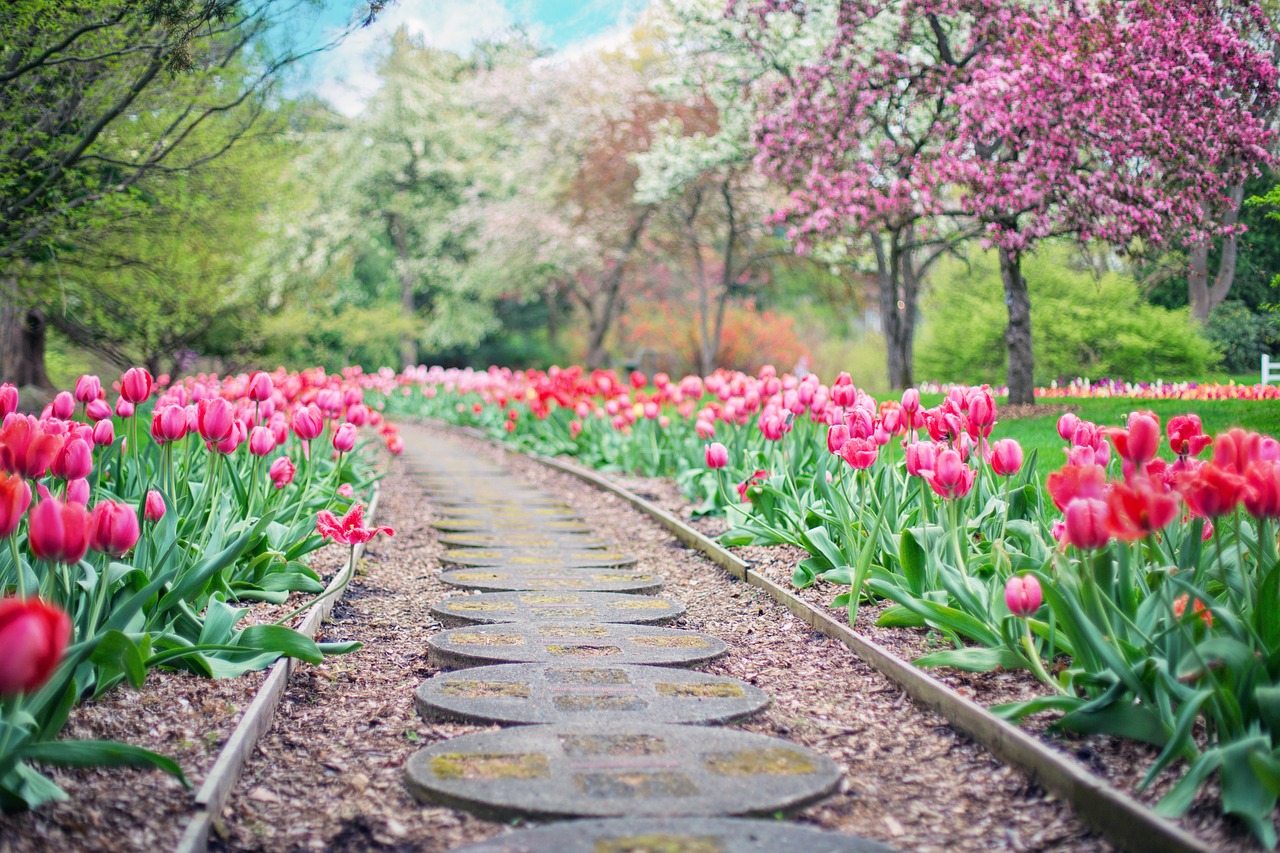
Harvesting and Preserving Produce
When it comes to harvesting and preserving produce from your year-round garden, timing is key. Each fruit, vegetable, or herb has its own optimal harvest window to ensure the best flavor and nutrition. Harvesting at the peak of ripeness guarantees a more enjoyable culinary experience and maximum health benefits. Remember, a ripe tomato picked straight from the vine tastes entirely different from one bought at the store!
Once you've harvested your bounty, it's essential to preserve any excess produce to enjoy during the off-season. Canning, freezing, and drying are popular methods for extending the shelf life of fruits and vegetables. Canning allows you to store produce in jars with the help of heat, preserving their freshness for months. Freezing is a quick and easy way to keep fruits and vegetables at their peak, locking in nutrients. Drying is ideal for herbs and certain fruits, concentrating flavors for future use in cooking.
For fruits like berries and apples, consider making jams, jellies, or fruit preserves to savor the taste of summer in the colder months. These homemade preserves not only taste better than store-bought versions but also make lovely gifts for friends and family. Additionally, pickling vegetables such as cucumbers, carrots, and beets can add a tangy crunch to your meals throughout the year.
Frequently Asked Questions
- What are the best plants for year-round gardening?
Plants such as kale, spinach, carrots, and garlic are excellent choices for year-round gardening due to their hardiness and ability to withstand various weather conditions.
- How can I protect my garden from extreme weather?
Using row covers, mulching, and providing proper support for plants can help protect your garden from extreme weather conditions like frost, heatwaves, and storms.
- What is the importance of crop rotation in a year-round garden?
Crop rotation is vital for maintaining soil health, preventing pests, and ensuring a diverse range of nutrients for your plants, leading to a successful and sustainable year-round garden.
- What are the benefits of using greenhouses and cold frames?
Greenhouses and cold frames provide a controlled environment for plants, extending the growing season, protecting delicate plants, and creating an ideal microclimate for year-round gardening.
- How can I maximize natural light in my garden?
Positioning your garden to receive optimal sunlight, using reflective surfaces, and selecting the right location can help maximize natural light for healthy plant growth throughout the year.

